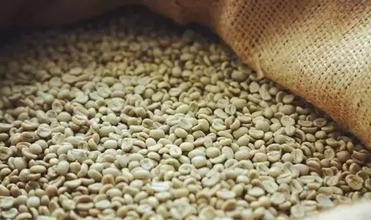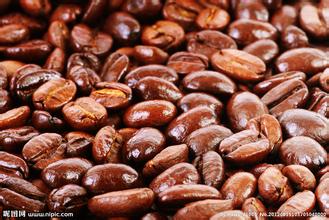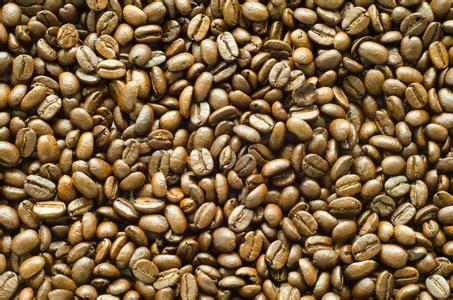A brief introduction to the flavor description of the planting environment and taste characteristics of Yunnan small-grain coffee Huaguoshan coffee beans
A brief introduction to the flavor description of the planting environment and taste characteristics of Yunnan small-grain coffee Huaguoshan coffee beans
Yunnan coffee varieties have been judged, what about the previous excellent iron pickup and bourbon? In the new promotion and planting, there are still many hills left to continue to grow old varieties of coffee, but, generally speaking, backward places do not have the protection of origin and a single species, a mountain, 10 families, all kinds of people, a gust of wind blowing, pollen flying everywhere. He he. The problem of variety, so that Yunnan coffee really lost in the starting line.
Pu'er, Xishuangbanna, Wenshan, Baoshan, Dehong and Lincang in the south and west of Yunnan are all the distribution areas of small-grain coffee in Yunnan. As of January 1, 2012, according to the comprehensive survey of Yunnan Province, the planting area of coffee in Yunnan has exceeded 800000 mu, and the output of coffee beans in this period is expected to exceed 55000 tons. For the future, local governments in Yunnan have also drawn a blueprint: Dehong is planning to expand the coffee planting area from the current 100000 mu to 200000 mu in the next few years; Lincang plans to expand the existing 20, 000-mu coffee forest by 10 times to 200000 mu in the 12th five-year Plan; and Pu'er also plans to expand the 220000 mu coffee forest to 600000 mu. Other coffee growing areas such as Baoshan and Xishuangbanna are also planning to expand the planting scale.
According to reports, in 1892, French missionary Father Tian used coffee fruit to breed the first coffee tree outside the church, and then cultivated more coffee trees and planted them around the church. Since then, the village of Zhukula began to grow coffee, and the village has been surrounded by coffee trees ever since. Qi Guanghui and Li Fusheng, the two oldest elders in the village, are both in their eighties this year. Together, they have witnessed the formation of the oldest coffee forest in China.
Small-grain coffee is suitable for growing in the mountains at an altitude of 800 to 1800 meters. If the altitude is too high, it will taste sour, and if it is too low, it will taste bitter. Small grains of coffee are mostly planted in dry and hot valleys about 1100 meters above sea level, so they are moderately sour, rich and mellow. There is a unique environment suitable for the growth of small seed coffee in many areas of Yunnan, and the quality of small seed coffee is excellent.

Important Notice :
前街咖啡 FrontStreet Coffee has moved to new addredd:
FrontStreet Coffee Address: 315,Donghua East Road,GuangZhou
Tel:020 38364473
- Prev

Does the candle describe the taste characteristics of Sidamo or Yega Snow Coffee?
Whether the candle candle is Cedamo or Yega Snow Coffee describes the taste characteristics of Cedamo coffee cultivated between 1400m-2000m above sea level. The industry here is dominated by agriculture, and the main growing area of coffee is around the Great Rift Valley (Great Rift Valley) of East Africa. The largest town in Sidamo is Hawassa, which has developed rapidly in recent years. Many modern restaurants and hotels have been set up, which is also important.
- Next

Taste characteristics of Yunnan Katim Coffee beans A brief introduction to the story of Yunnan Coffee producing area
A brief introduction to the flavor description and taste characteristics of Yunnan Katim coffee beans Typica: the oldest native variety in Ethiopia and southeastern Sudan, all Arabica are derived from Tibika. The flavor is elegant, but the physique is weak, the disease resistance is poor, the fruit yield is less. Excellent estates such as the Blue Mountains of Jamaica, Mantenin of Sumatra, Kona of Hawaii, etc.
Related
- Detailed explanation of Jadeite planting Land in Panamanian Jadeite Manor introduction to the grading system of Jadeite competitive bidding, Red bid, Green bid and Rose Summer
- Story of Coffee planting in Brenka region of Costa Rica Stonehenge Manor anaerobic heavy honey treatment of flavor mouth
- What's on the barrel of Blue Mountain Coffee beans?
- Can American coffee also pull flowers? How to use hot American style to pull out a good-looking pattern?
- Can you make a cold extract with coffee beans? What is the right proportion for cold-extracted coffee formula?
- Indonesian PWN Gold Mandrine Coffee Origin Features Flavor How to Chong? Mandolin coffee is American.
- A brief introduction to the flavor characteristics of Brazilian yellow bourbon coffee beans
- What is the effect of different water quality on the flavor of cold-extracted coffee? What kind of water is best for brewing coffee?
- Why do you think of Rose Summer whenever you mention Panamanian coffee?
- Introduction to the characteristics of authentic blue mountain coffee bean producing areas? What is the CIB Coffee Authority in Jamaica?

